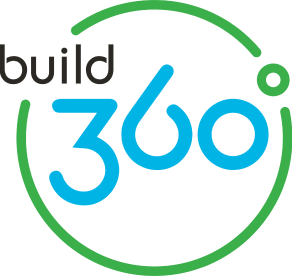
WOOL2LOOP
WOOL2LOOP provides new smart demolition and sorting technologies combined with a novel analysis method for mineral wool waste that enables separating the material based on its suitability for alkali-activation. Geopolymer technology makes it possible to use mineral wool waste as a valuable resource for new ceramic or concrete-type products as pioneered by University of Oulu,











